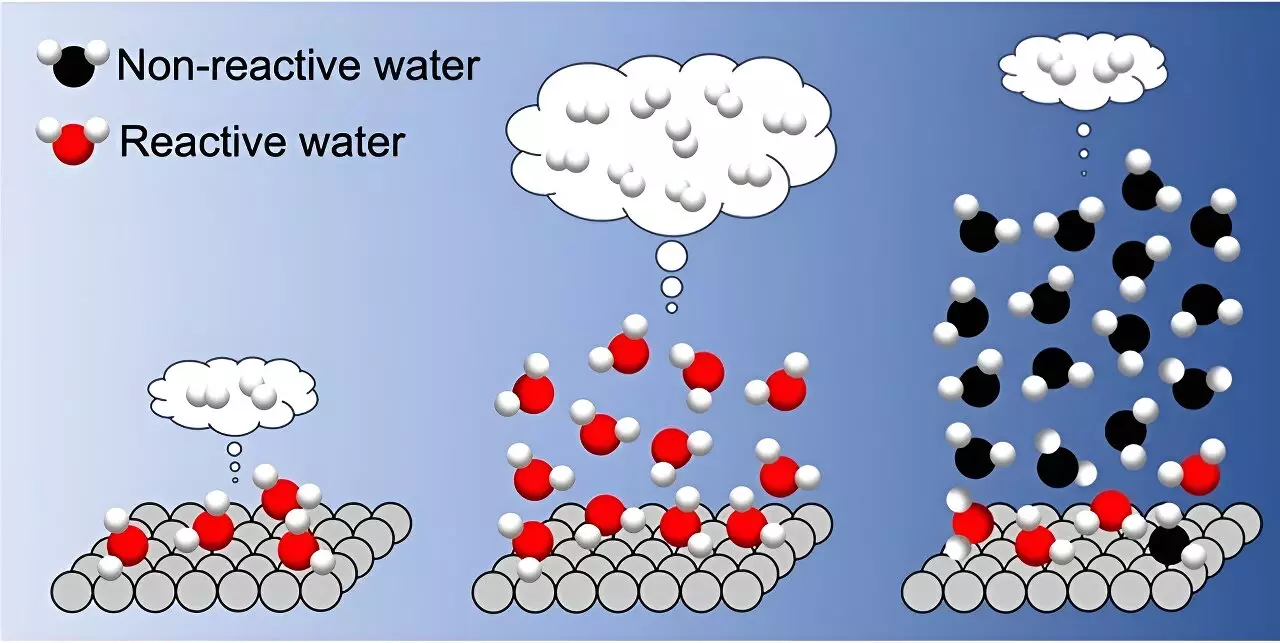The development of photocatalytic hydrogen evolution from water is crucial for achieving sustainable hydrogen production. However, the direct influence of the microscopic structure of interfacial water molecules on the reactivity of photocatalysis has not been extensively explored. Recent research published in the Journal of the American Chemical Society sheds light on the significant roles that interfacial hydrogen bond structure and dynamics play in promoting H2 evolution. This study, titled “Positive and negative impacts of interfacial hydrogen bonds on photocatalytic hydrogen evolution,” provides valuable insights that can guide the optimization of interfacial water conditions to enhance photocatalytic performance.
Researchers, led by Toshiki Sugimoto, Associate Professor at the Institute for Molecular Science, have conducted a comprehensive investigation into the impact of interfacial hydrogen bond networks using various TiO2 photocatalysts. By controlling the thickness of adsorbed water layers, ranging from sub-monolayer to multilayers, they were able to directly observe the correlation between H2 formation rate and the microscopic structure of hydrogen bond networks. The results indicated a linear increase in H2 formation rate with water adsorption up to three layers, suggesting the presence of reactive water molecules in multiple overlying layers. However, beyond three layers, a dramatic decrease in the H2 formation rate was observed, attributed to the presence of liquid-like water leading to strengthened interfacial hydrogen bonds.
The study underscores the critical importance of the optimal interfacial water environment for promoting photocatalytic hydrogen evolution. By depositing three layers of water in a water vapor environment, researchers found an optimal balance that enhanced the efficiency of hydrogen production. This approach represents a significant departure from traditional liquid-phase reaction systems, highlighting the potential benefits of water vapor environments in photocatalysis.
The findings from this study offer new avenues for the design and engineering of interfacial water to develop more innovative photocatalytic systems for renewable energy production. By unraveling the physicochemical properties of interfacial water molecules and their hydrogen bond networks, researchers are paving the way for breakthroughs in sustainable hydrogen production. This research represents a paradigm shift in the field of photocatalysis, emphasizing the importance of interfacial water conditions in enhancing overall catalytic performance.
The study highlights the intricate relationship between interfacial hydrogen bonds and photocatalytic hydrogen evolution. By gaining a deeper understanding of the molecular-level interactions at play, researchers are poised to make significant advancements in the development of efficient and sustainable hydrogen production technologies. The optimization of interfacial water conditions holds promise for the design of next-generation photocatalytic systems, ushering in a new era of renewable energy production.


Leave a Reply